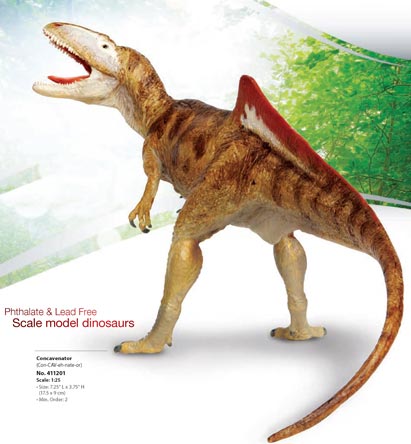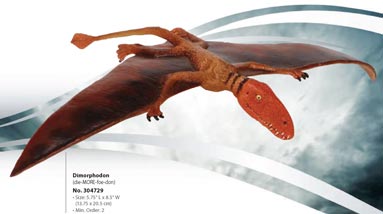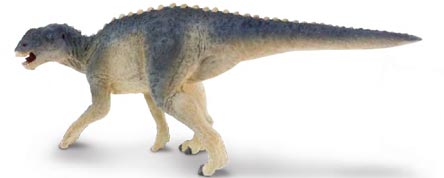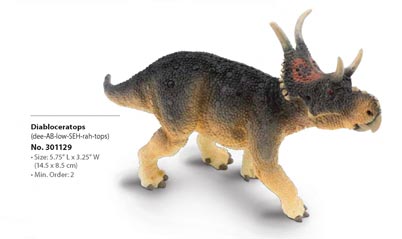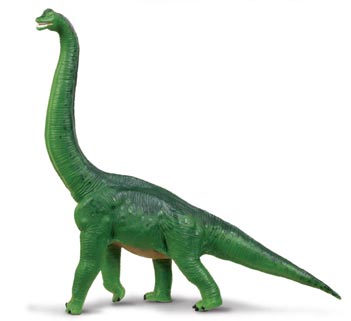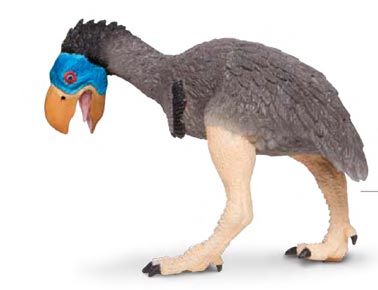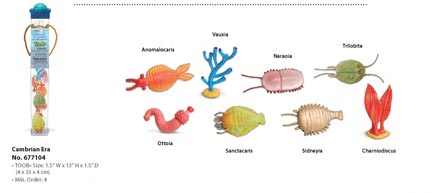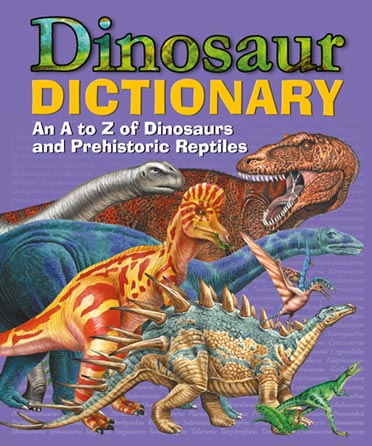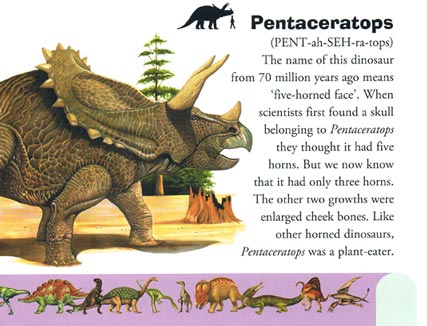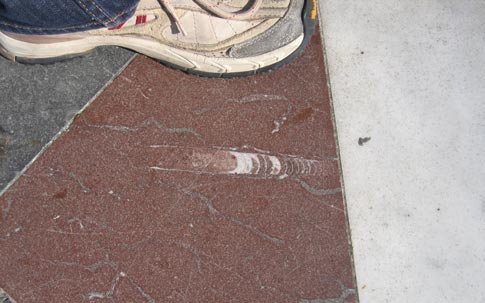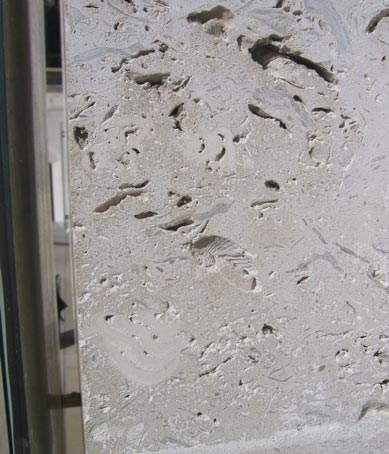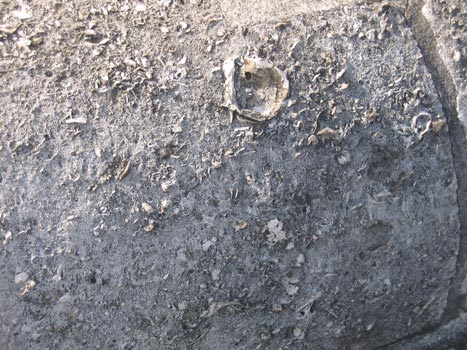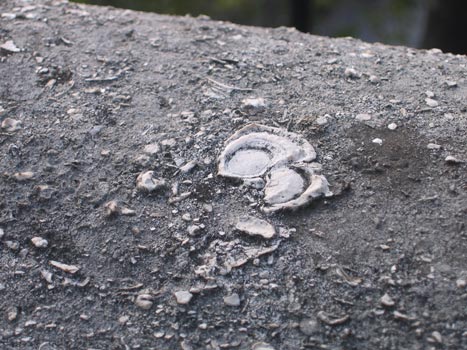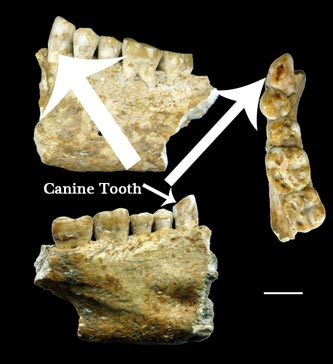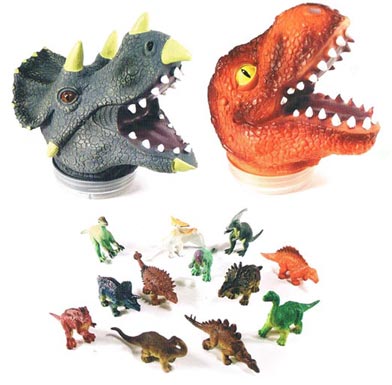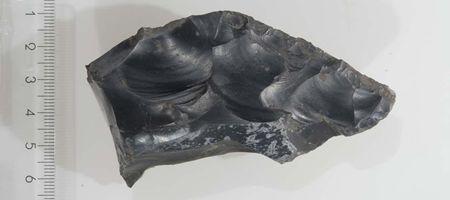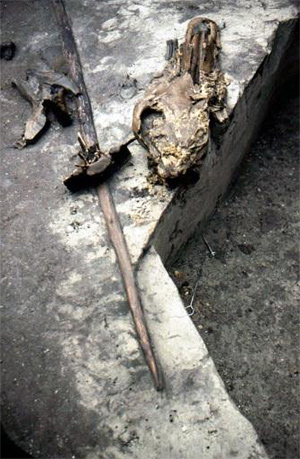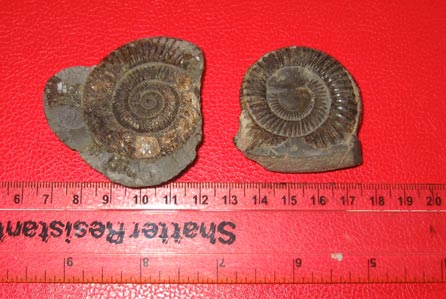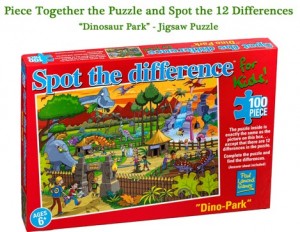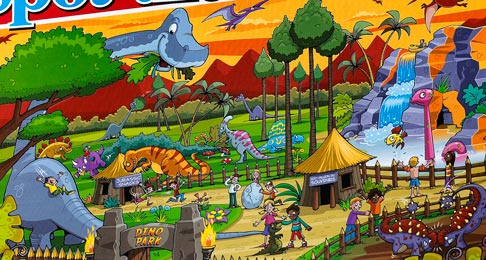Safari Ltd Announces New for 2013 Prehistoric Animal Models
New Additions to Carnegie Collectibles Range and other Prehistoric Series from Safari Ltd
A sneak peek at the 2013 releases from Safari Ltd and it is great to see a number of exciting additions to the already extensive Safari Ltd replica range. To celebrate the 25th anniversary of the relationship between the manufacturer and the Carnegie Museum of Natural History, a 1:25 scale model of the recently discovered theropod Concavenator is being introduced.
Prehistoric Animal Models
Carnegie Collectibles Concavenator Model
Picture credit: Safari Ltd/Everything Dinosaur
The model will measure nearly 18 cm long and stand 9 cm tall, an exciting new model for the Carnegie scale model dinosaur collectibles range.
Fans of pterosaurs and marine reptiles won’t be disappointed as amongst the new additions to the Wild Safari Dinosaurs and Prehistoric Life series there is a colourful model of the Jurassic pterosaur Dimorphodon and a model of an Elasmosaurus.
Taking to the Air in 2013 – Dimorphodon
Picture credit: Safari Ltd/Everything Dinosaur
The Dimorphodon will be approximately 13 cm long (including tail) and have a wingspan in excess of 20 cm.
Elasmosaurus Model from Safari Ltd
Picture credit: Safari Ltd/Everything Dinosaur
The Elasmosaurus mode will measure approximately 25 cm in length.
To view Everything Dinosaur’s existing Safari Ltd models: Wild Safari Prehistoric World Models and Figures.
Gryposaurus
Other new models in the Wild Safari Dinos (not to scale range) include the hadrosaur, Gryposaurus from the Campanian faunal stage of North America, care has been taken to skilfully re-create the spiny ridge along this dinosaur’s back.
Wild Safari Gryposaurus
Picture credit: Safari Ltd/Everything Dinosaur
This new hadrosaur measures a little under 22 cm long.
Not to be outdone the trend to include more ceratopsians continues with a replica of Diabloceratops due out next year. This horned dinosaur from Utah “Devil Horned Face” is bound to be a hit with model collectors.
Wild Safari Diabloceratops Dinosaur Model
Picture credit: Safari Ltd/Everything Dinosaur
One other interesting “new” Safari model is a reproduction of a Brachiosaurus in the Wild Safari range that resembles the older brachiosaurid found in the Collectibles scale model range from this company (product code ref: 412001). A more modern interpretation of a brachiosaur was introduced into the Wild Dinos Safari range a couple of years back and now Safari have added a robust “swan-necked” Brachiosaurus to their not to scale range.
Brachiosaurid Replica Due out in 2013
Picture credit: Safari Ltd/Everything Dinosaur
The Brachiosaurus will measure approximately 30 cm long and stand 35 cm tall making it larger than the current Brachiosaurus model in the Wild Safari range.
Finally, in terms of new model introductions, there is exciting news for all fans of the “Terror Birds”, the long awaited Gastornis/Diatryma model is also going to be released next year – a sneaky peek below:
Terror Bird – Gastornis New for 2013
Picture credit: Safari Ltd/Everything Dinosaur
The Gastornis model will measure 8.5 cm by 7 cm approximately.
So much for the vertebrate palaeontologists amongst you, but for once invertebrate palaeontologists have been remembered by Safari Ltd and the company is going to introduce a special tube set featuring fauna from the Cambrian geological period. Based on fossil discoveries from the Burgess Shale this ten figure model set will feature iconic Palaeozoic creatures such as a trilobite and Anomalocaris plus a model of England’s very own Charnia (hoorah for Leicestershire).
Cambrian Fauna (Tube Set) from Safari Ltd
Picture credit: Safari Ltd/Everything Dinosaur
Team members at Everything Dinosaur will continue to keep model fans and collectors up to date with new 2013 introductions watch this space or check out Everything Dinosaur on Facebook or Google Plus for the latest news.
Everything Dinosaur on Facebook: Catch Up with Everything Dinosaur on Facebook.
Take a look at Everything Dinosaur on Instagram: Everything Dinosaur on Instagram.


